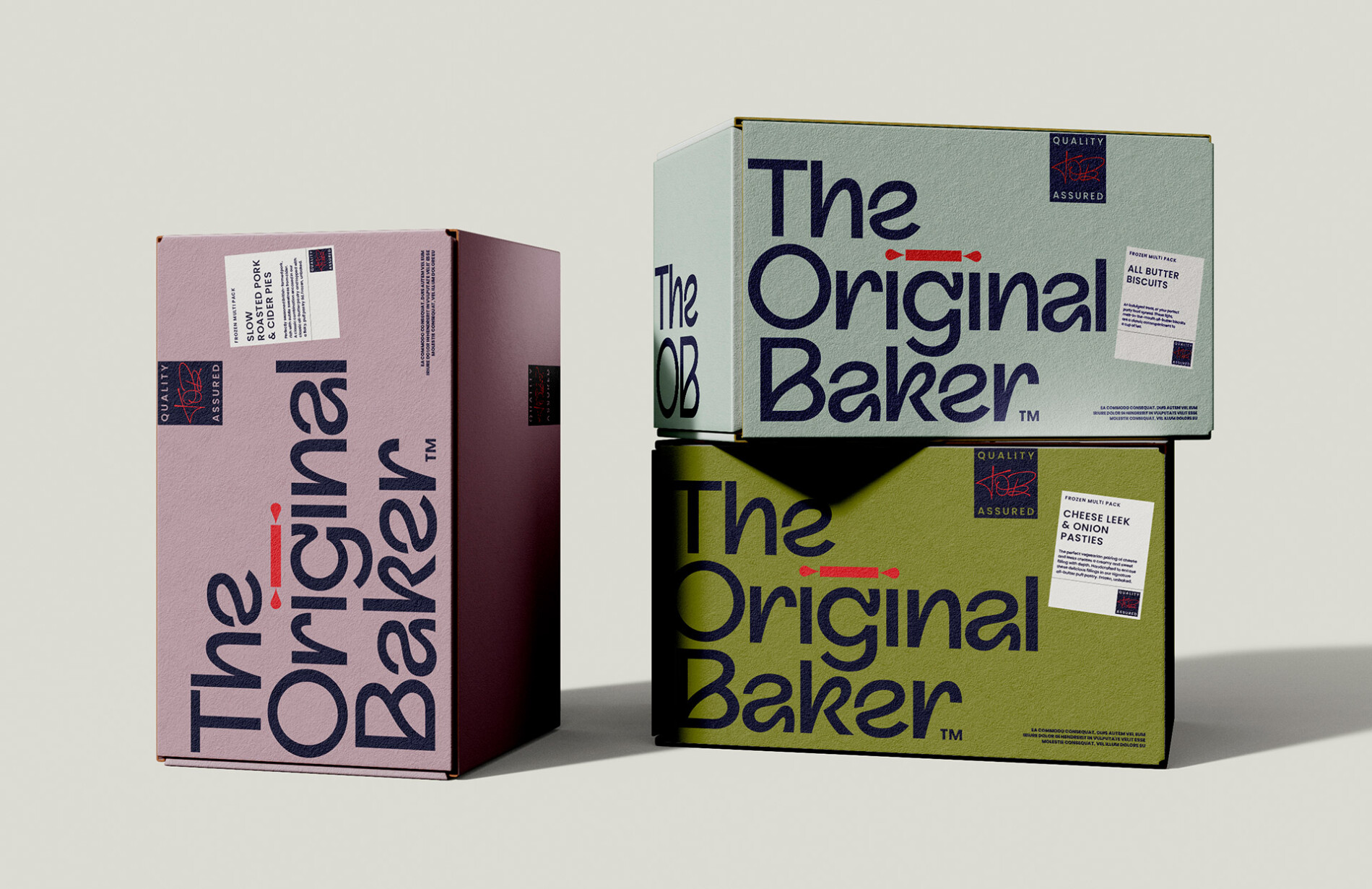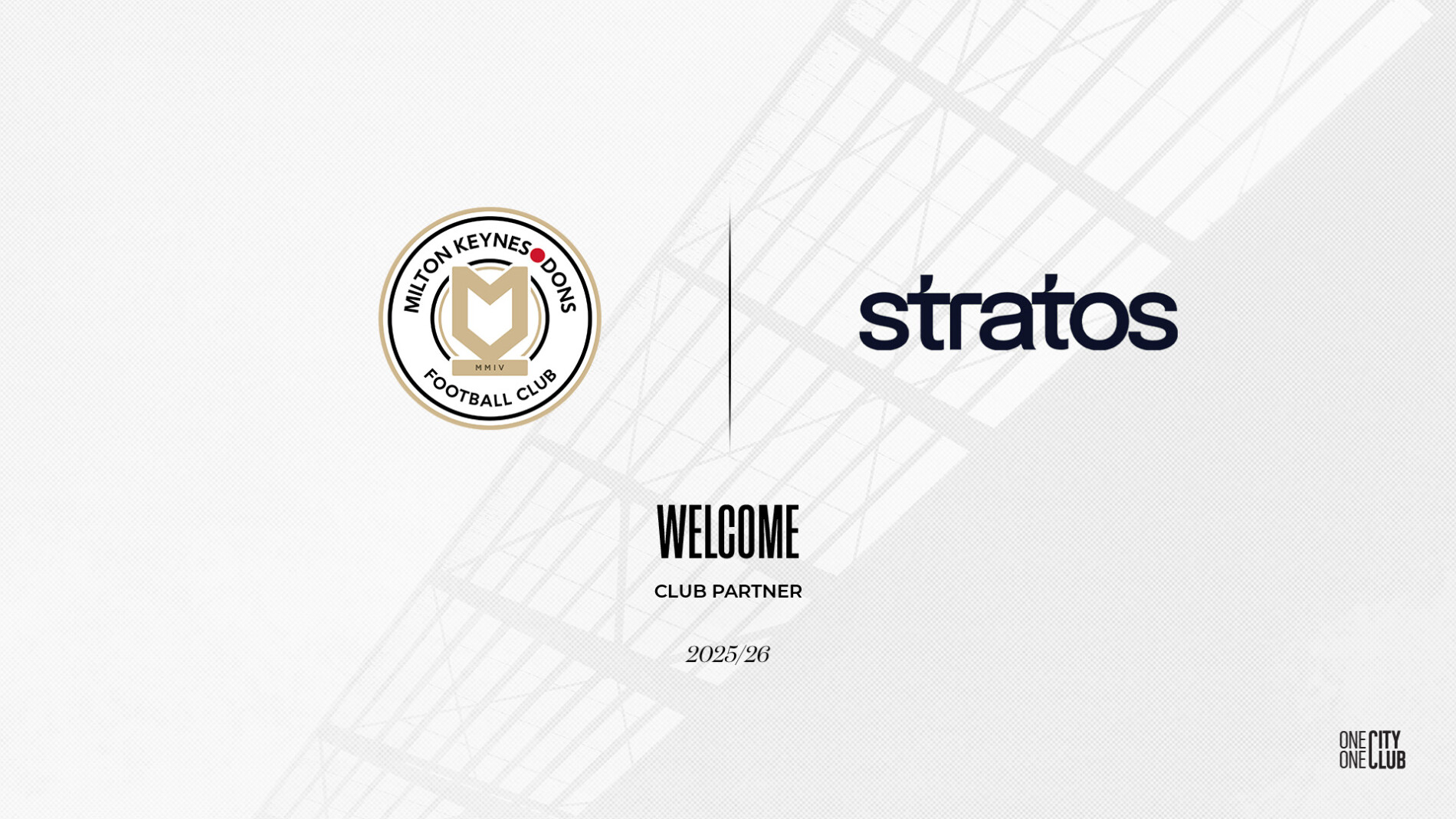We’ve known for years how effective blogging is as a marketing tool.
By generating exposure and engagement, blogging helps you to build authority on Google, attract organic traffic to your website, and maximise your online presence.
It enables you to build relationships with readers and connect with prospects, while delivering unique and tailored content to customers.
There are countless benefits to this prolific marketing tool, which is why it’s favoured by so many other businesses. And as a result, the volume of blogs is ascending rapidly.
As of 2021 – as reported by Oberlo – there were 600 million blog posts. And if that number doesn’t blow your mind, according to OptinMonster, 409 million people view 20 billion pages per month.
So with that amount of online content, how can you be sure to stand out?
Creating content that is compelling and unique is more important than ever.
Online readers favour original content. But they expect it to be skimmable, punctuated with white space, headers, and images – anything that helps them digest it with ease.
The more readable your content, the more likely it is to engage and attract further backlinks and shares: all vital ingredients for SEO juice.
So let’s get into it, here are 5 blog formats to try that will help you create compelling content:
1. How to’s
Educational content can help you to capture search traffic around ‘how to’ keyword phrases which are said to be one of the most popular keyword search terms.
These posts can be as specific as you like. Consider your audience and their biggest challenges. Which questions are likely to drive them to your website? If you write these down, you’ll quickly start to identify some ‘How-to’ blog titles. You could even reach out to existing customers for first-hand ideas.
As for the structure – similar to this article – ‘How-to’ guides tend to be formatted into lists with clear headers, or a detailed series of steps.
2. Listicles
Just like the article you’re reading right now, listicles will usually begin with a number.
5 ways to, 7 blog tools, 3 keyword tricks…
But notice how I’ve only used odd numbers?
Research has revealed that odd numbers are favoured by readers and more likely to trigger a positive response!
Plus, 43% of people admit to skimming blog posts. Again, that’s not new information. Listicles are the perfect format to capture those serial skimmers, enabling you to break up your content into easy-to-digest sections.
3. Interviews/research-based
Interview and research-based posts lead to original content that uses your own insights gathered by interviewing experts, hosting focus groups, or facilitating research on a particular topic.
They are an excellent choice if you wish to take a new angle on a topic, or bring previous research up to date. Relying on desk-based research alone can lead to inadvertent duplication or plagiarism.
They may demand a greater investment of time, but the evergreen nature of this format means these posts will continue to perform well over time. Remember to regularly tweak and update information or research as time goes on to maintain the relevance of the article.
Another benefit of this format type is that the original nature of your research means it’s difficult for other sources to replicate this content without providing a backlink or reference to your article. This will strengthen your SEO and improve the authority of your content.
4. Thought leadership style
Thought leadership style blogs will also take a little more time to form, but essentially these will be longer form posts that will position your brand as an authority, or a ‘thought leader’ on a topic.
They may also involve some research – whether this is your own or not – but anything that will support your discussion will bolster the authority of your content. Is there something you can say that hasn’t been said before?
Thought leadership content taps into the greater depths of your industry, and is excellent for targeting prospects who are further along the buying funnel. This format can act as a driver to encourage readers toward making contact with you, so remember to add clear CTAs (call-to-actions), to capture them when they are ready.
5. Visual content
Accessibility and inclusivity are huge considerations when writing online content.
Learning difficulties, visual impairments and language barriers all make large blocks of text off-putting and unhelpful to a large proportion of readers. But you don’t necessarily have to create brand new content here. Select content you know is performing well and that delivers value. You can then re-format this to capture a whole new audience.
Could you condense the key points into an info-graphic or an animation? There really are no rules – be as creative as you wish. But visual content can really aid you in creating something compelling and shareable.
Bonus blogging tip!
One thing to remember about blogging is to – ironically – forget everything you learnt in school. Ok, not everything! But you’ll find that strict prose and grammar rules no longer apply in the online space.
This can be difficult to grasp when you’re used to working with business copy, academic reports or print copy. But conversational language, starting sentences with ‘and’ and ‘because’ are all acceptable techniques to keep the online reader engaged and the writing fluid.
Also, think about leaving your adjectives at the school gates too. Online readers don’t want to see clumsy, fumbly sentences. So if you can get your message across without the unnecessary adjectives, cut them out, and see how much more succinct your writing becomes.
There really is no magic formula to creating compelling content. What it boils down to is creating something that genuinely helps your readers. Are you delivering value? Once you’ve established this, play around with formats to see which types of articles are easily digestible for your readers.











